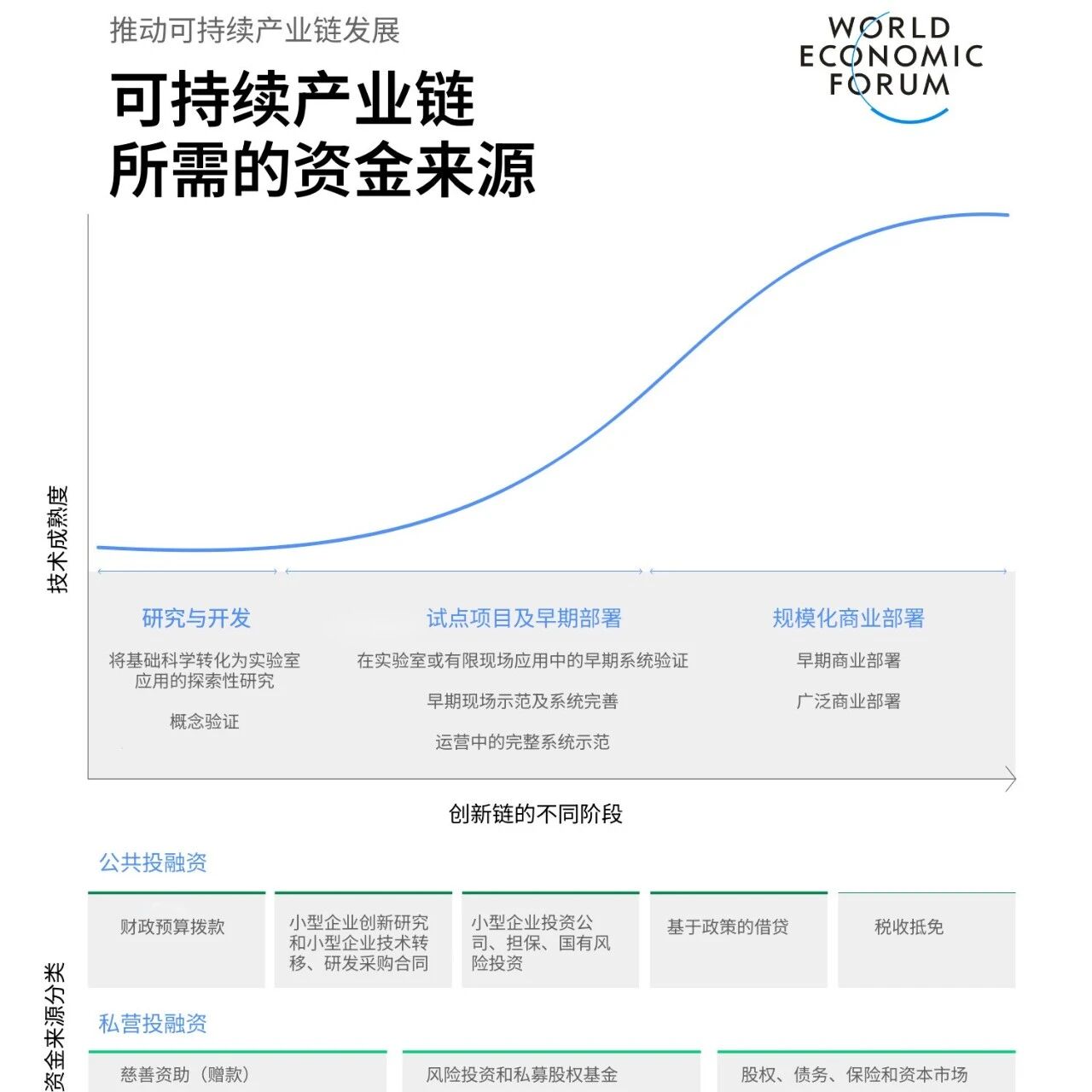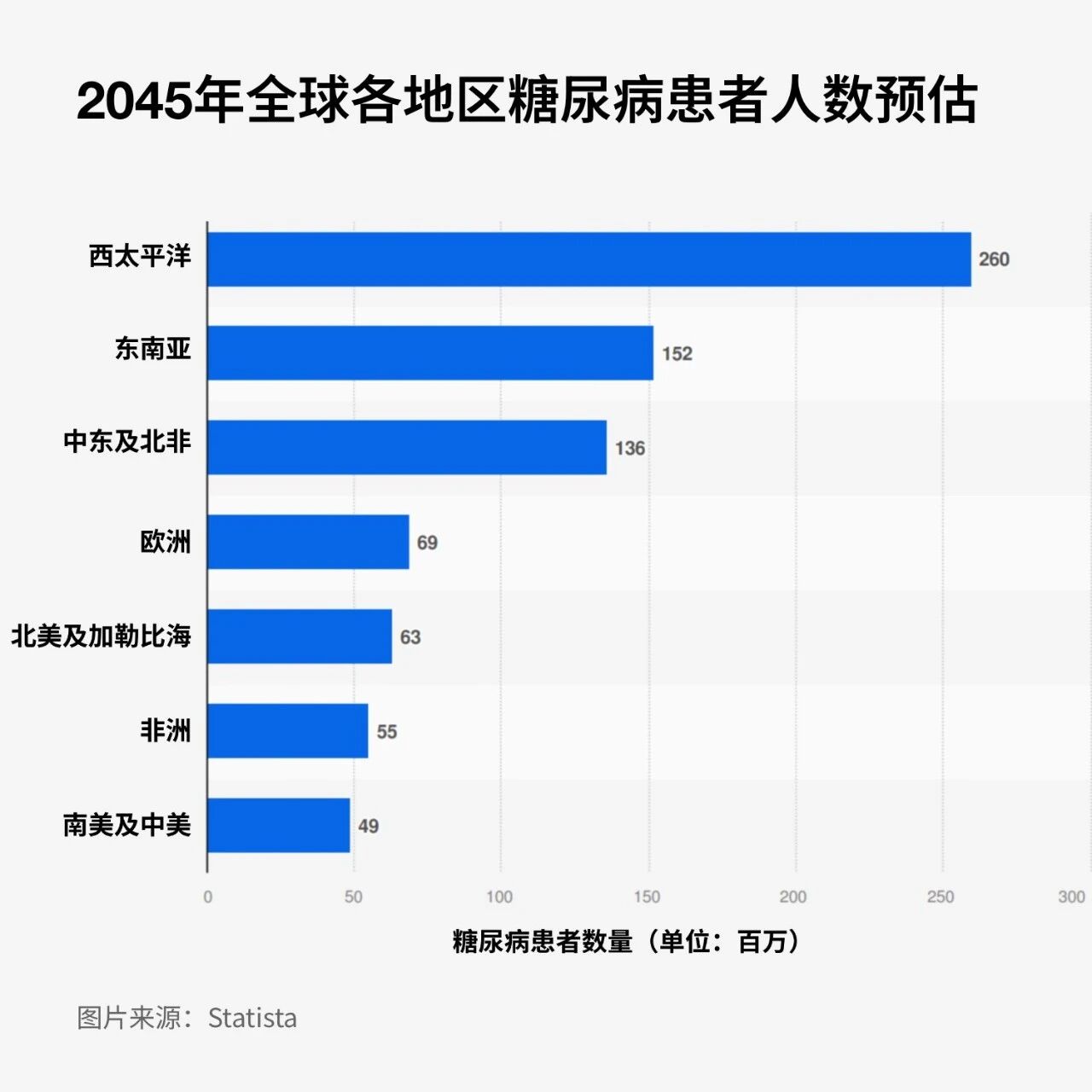

China has become a global economic powerhouse.
Image source: Christian Lue/Unsplash
Ni Yili
Chairman of McKinsey China
China's rapid growth has lifted hundreds of millions out of poverty, cementing its status as a global economic powerhouse.
A report from the McKinsey Global Institute identifies the top "arenas" for growth and opportunity.
Chinese enterprises have favorable conditions for development, but collaboration, foundational innovation, and education will be the key factors.
Over the past twenty-five years, China has undergone an extraordinary economic transformation. Its rapid growth has lifted hundreds of millions out of poverty, nurtured a thriving middle class, and firmly established the country as a global economic powerhouse.
While many factors contributed to this success, research from the McKinsey Global Institute offers us another perspective: Engaging in the most critical "arena" is essential for countries and companies to achieve extraordinary growth and seize emerging opportunities.
What exactly do these "arenas" refer to? How should China position itself to reap the benefits from them?
Expected to reshape the "arena" of the global economy
The McKinsey Global Institute (MGI) defines arenas as dynamic, fast-growing industries that hold the potential to reshape the global economy by driving significant innovation, fostering competition, and generating value.
MGI analyzed 12 competitive sectors that achieved extraordinary growth and demonstrated robust vitality between 2005 and 2020, including e-commerce, biopharmaceuticals, electric vehicles (EVs), consumer internet, and cloud services. These industries saw annual revenue growth rates of 10%, with market capitalization growing at an impressive 16% annually—driving their share of global GDP from 3% to a remarkable 9%, doubling their overall economic footprint.
China has achieved particularly remarkable success in these fields, with Chinese companies already making inroads into global markets—particularly in industries such as electric vehicles, personal computers, e-commerce, and social commerce. This momentum is driven by a combination of factors: China's vast domestic market, which enables rapid business expansion; its robust manufacturing infrastructure; proactive government support; and an entrepreneurial ecosystem that fosters innovation.
Looking ahead to the next two decades, there’s still one key question to consider: What will the future battleground look like? And how will China position itself in this competitive landscape?
Which "arenas" are Chinese companies poised to thrive in?
MGI’s analysis reveals the answers. They’ve identified 18 sectors poised to reshape the global economy, which are projected to generate between $29 trillion and $48 trillion in revenue—and $2 trillion to $6 trillion in profits—by 2040.
China possesses strong competitive potential in several key areas of future competition. For instance, some Chinese companies have already made significant strides in e-commerce and AI-driven service sectors, leveraging data analytics and innovative supply-chain efficiencies to thrive in global market competition.
In the AI-driven services sector, established Chinese internet and e-commerce companies like Alibaba and Baidu are integrating generative AI into applications such as personalized education, short-video creation, and enterprise software, while emerging players like DeepSeek are making breakthroughs in large-scale AI models.
China's advancements in electric vehicles, battery technology, and robotics have laid a solid foundation for future growth in these fields. Domestic companies like BYD, along with startups such as XPeng Motors, have already achieved remarkable progress in China—and are now leveraging an integrated value chain spanning raw materials, batteries, and digital services to expand globally.
In the robotics field, service robots have made significant contributions to supporting logistics and e-commerce. These examples highlight China's ability to lead in emerging industries, thanks to its scale, innovative ecosystem, and technological expertise.
Three Key Challenges Facing Chinese Enterprises
However, to succeed in these and other areas, simply leveraging existing strengths is not enough. Chinese companies face three key challenges:
1. Global Collaboration
Many future fields—such as artificial intelligence, aerospace technology, and next-generation healthcare—are inherently global in nature. Success in these areas will hinge on China’s ability to collaborate effectively with businesses and stakeholders around the world. This includes fostering international partnerships, engaging in global standards-setting processes, and ensuring that Chinese companies can compete and thrive on the global stage.
2. Increase investment in basic research
Although China has excelled in application-oriented innovation over the past few decades, it still lags behind in the area of fundamental research. As of 2024, only 7% of China’s R&D spending is allocated to basic research, compared to 10% to 15% in advanced economies.
In the future, many fields will require breakthroughs in both hard sciences and foundational technologies. This will necessitate increased investment in research and development, stronger collaboration between universities and industry, and the implementation of policies that encourage risk-taking and long-term thinking.
3. Providing future-proof skills retraining for China's workforce
The benefits brought by the emerging fields must reach China's vast population, and a key enabler of this transformation will be the overhaul of its education and skills-development system. While China’s current education system is well-suited to an industrial economy, it also needs to evolve and adapt to meet the demands of a digital, post-industrial economy.
This transformation requires a focus on lifelong learning, digital technologies, and public-private partnerships. The rural-urban migrant population makes up the majority of the workforce, yet they face unique challenges in accessing education and training. Addressing these disparities is critical to ensuring inclusive growth.
China has robust growth potential in high-growth sectors.
Over the past two decades, China’s economic rise has been fueled by its ability to seize opportunities in high-growth sectors. As the global economy shifts toward a range of transformative new areas, China is well-positioned for robust growth. However, sustained success will require a fresh strategy—prioritizing global collaboration, foundational innovation, and advancements in education.
There's no doubt that China will face a more complex global environment, marked by shifting geopolitical dynamics, evolving trade relationships, and intense competition in the fields of technology and innovation.
However, the direction is already clear: China, with its strong foundation, can lead the future development of these sectors, not only generating economic value but also fostering a more innovative, inclusive, and globally integrated economy. The next chapter of China’s economic story is waiting to be written—full of promising opportunities that are both exciting and inspiring.

The above content represents the author's personal views only.This article is translated from the World Economic Forum's Agenda blog; the Chinese version is for reference purposes only.Feel free to share this in your WeChat Moments; please leave a comment at the end of the post or on our official account if you’d like to republish.
Translated by: Sun Qian | Edited by: Wang Can
The World Economic Forum is an independent and neutral platform dedicated to bringing together diverse perspectives to discuss critical global, regional, and industry-specific issues.
Follow us on Weibo, WeChat Video Accounts, Douyin, and Xiaohongshu!
"World Economic Forum"


